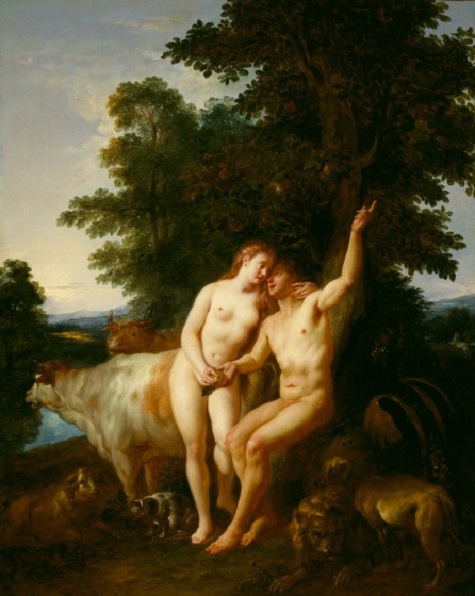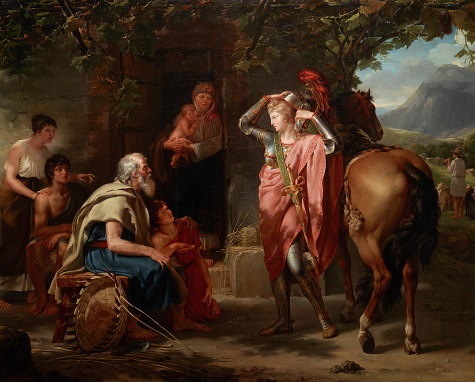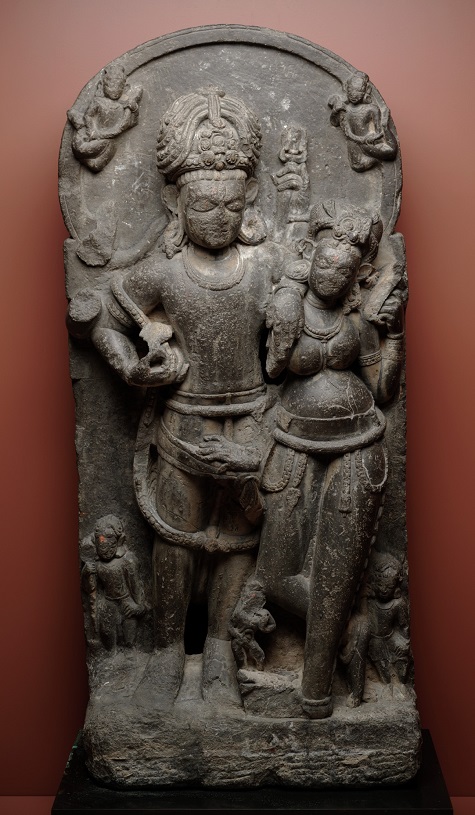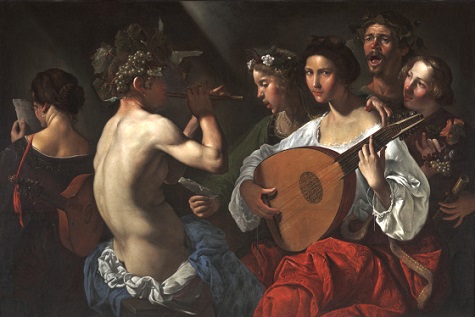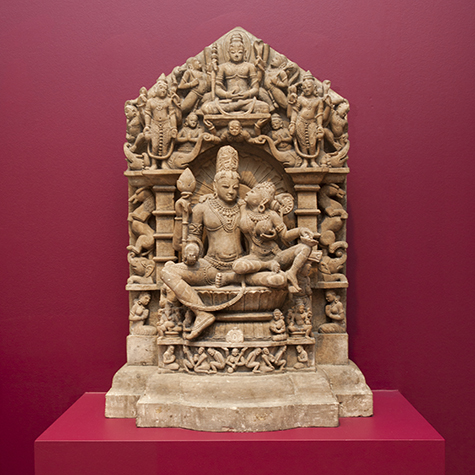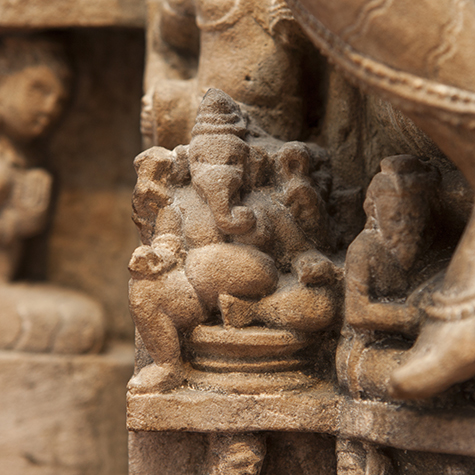Move over Beyoncé and Jay-Z. Step back Kim and Kanye. The Adam and Eve couples of Valentine’s Day have been at this game for a while. If you happen to ask them for relationship advice, watch out—their knowledge on the subject seems to go back to the beginning of time itself. This couple has been through a lot together—from temptation to family drama—but they learned to love each other no matter what befell them. Their higher connections will probably get them excellent reservations at the most desired restaurants as well.
Here come the new kids on the block, spending their first Valentine’s Day together. In their eyes they are the sun and the moon, and they will do absolutely anything for each other. At this point in their relationship, chivalry and romance is rampant, and Sunday will be a test of their affection. Much like the Muslim Princess Erminia disguised herself as a knight to find her precious Christian Knight Tancred during the Crusades, their love knows no bounds. These are the couples you will see around town undertaking grandiose gestures like renting hot air balloons, or casually forsaking their families, homeland, and religion for the love of another.
The #Relationship Goals
Dinner at 5, home by 7, and in bed by 9. This couple’s unconditional love is something to aspire to. Much like the god Shiva and his wife, the goddess Parvati, shown here entwined in a passionate embrace, this couple might partake in too much PDA, but it’s acceptable due to how perfect they are for each other. This couple does not need to go to elaborate lengths this Valentine’s Day, because every day is a chance for them to do an act of kindness for the other.
The fear of being alone and celebrating Single Awareness Day led these individuals to take to dating apps to find their special someone. Much like the uncomfortable scene depicted here, you will find these forced couples in painfully awkward attempts at conversation. Some will try to woo their Valentine with their musical prowess, while others will rely on their good looks, lack of clothing, and charm. One or both members of the party may look to you in desperation, but remember it was they who chose to swipe right.
Images: Jean François de Troy, Adam and Eve, 1718, oil on canvas, Dallas Museum of Art, Foundation for the Arts Collection, Mrs. John B. O’Hara Fund, 1990.145.FA; Guillaume Guillon Lethière, Erminia and the Shepherds, 1795, oil on canvas, Dallas Museum of Art, Foundation for the Arts Collection, Mrs. John B. O’Hara Fund, 2013.1.FA; Uma-Maheshvara, India, Rajasthan (?), c. 8th century A.D., grayish green stone, Dallas Museum of Art, gift of David T. Owsley via the Alvin and Lucy Owsley Foundation in honor of Colonel and Mrs. Alvin M. Owsley, 1991.107; Pietro Paolini, Bacchic Concert, c. 1625-30, oil on canvas, Dallas Museum of Art, The Karl and Esther Hoblitzelle Collection, gift of the Hoblitzelle Foundation, 1987.17
Julie Henley is the Communications and Marketing Coordinator at the DMA
